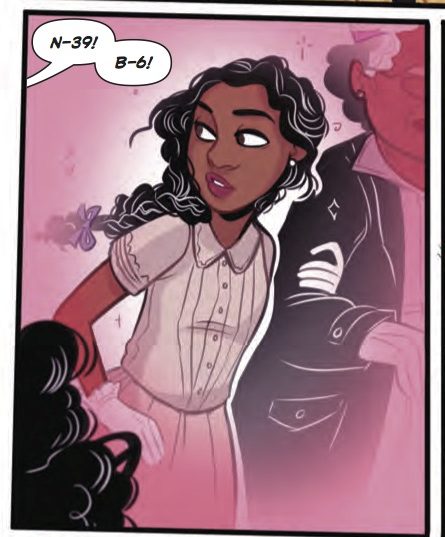
Its scope is far wider than that.Įspecially for the third part: the story does not end in marriage.

The graphic novel is rated Young Adult, or for teens, and I think it′s a good introduction to the idea of old people falling in love again. I loved Jenn St-Onge′s art, so sensual and sweet without being crass.

And we assist to their second nuptials and hope for the best. We cope, we heal, and we are happy to see our parents happy. If I can get any experience after my parent′s own divorce, it’s that children are not an excuse. To talk about black men and women who had to hide their sexuality due to the time era, who stayed for the children, even when the love was gone. More often than not (and usually, because we like to see ourselves as victims in the relationship, and not as co-creators), the couple ends up getting a divorce. Sometimes, the talking heals the couple, and the third person disappears. Sometimes, a third person appears to break this: to force couples into talking, into telling the long list of unsaid things. Life is complicated and full of uncomfortable silences. They have husbands, and children, and grandchildren. When Hazel and Mari meet again, they are grandmothers. We would only be concerned about love, deserving love, a tough one for any human.

I also think parents have evolved since the ’60s: where grandmothers chose to punish girls in love and made them marry young men and start families, I like to think we would be more tolerant with our own children.

I think it is because her characters are smart, relatable and their story one that many LGBT people shared. Tee Franklin raised a Kickstarter to promote this comic, and landed the deal in only five days. The kind you wait for, and, sometimes, don′t get in a lifetime. Hazel Johnson and Mari McCray met at church bingo in 1963, and their love had to wait a LOT to become a possibility.įirst: this is a story about love, true love, not the “do what you′re told” kind, or the “marry and have children” garden variety.


 0 kommentar(er)
0 kommentar(er)
